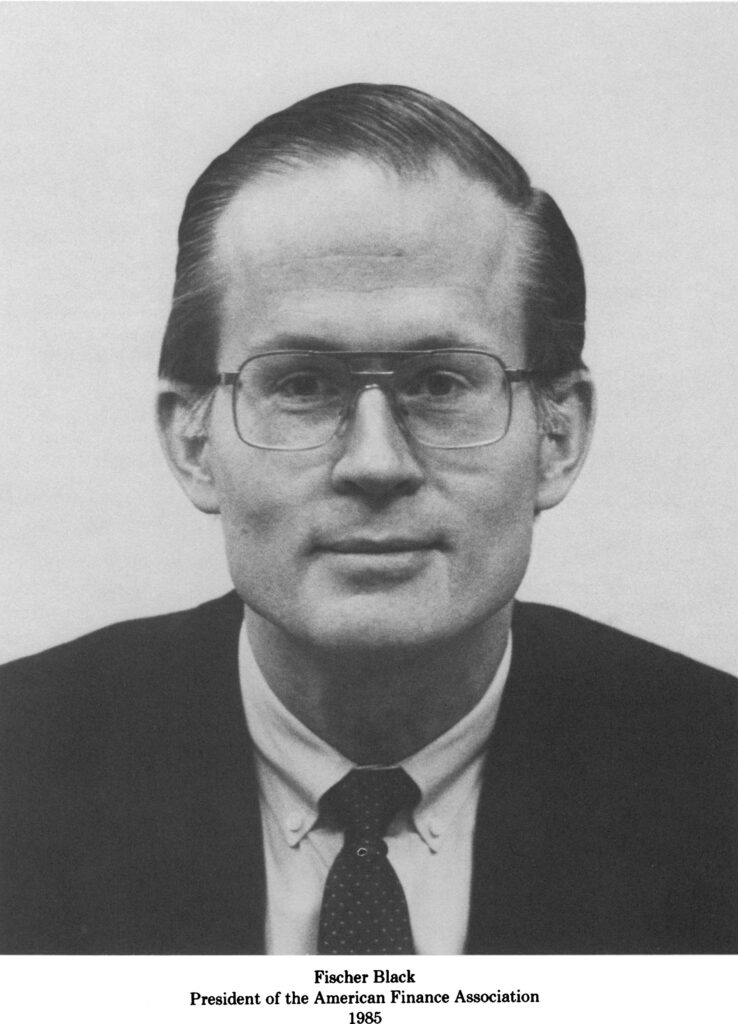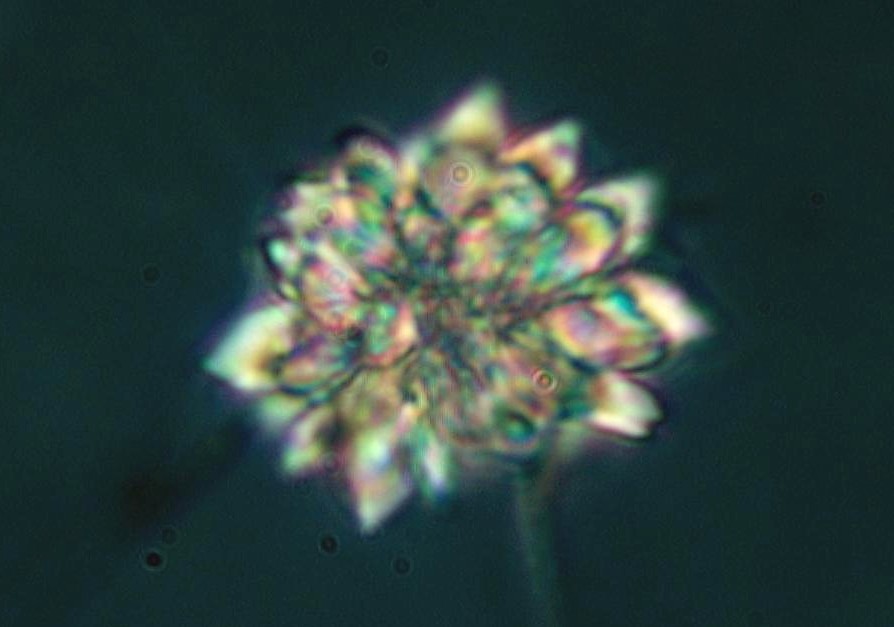Fischer Black, Fille
My father died of oral cancer at age 57 in 1995, exactly one hundred years after the death of Louis Pasteur. By the time they found the squamous cell carcinoma at the base of his tongue, it was already stage four. When he delivered the news, he asked if I knew why it was that people had to die. I shook my head; I was too heartbroken to speak. “To make room for the babies,” he said.

In addition to surgery and radiation, his oncologist prescribed multivitamins, which I used to pick up for him. I noticed something about the bottles. At the bottom, in full caps, they said: COPPER- and IRON-FREE.
Twenty years later, when my own health faltered, I also had problems with copper and iron. I needed them, but—like thiamine—taking them seemed to make me worse.
I believe my spin rate was off. My copper was not able to function as electricity and my iron was not able to function as magnetism. A paradox kept me stuck: I need to be cycling time at the right speed for copper to function as electricity and iron to function as magnetism. But I need sufficient electromagnetism in order to cycle time at the right speed.
The body must hold together (vitamin K1) as it accelerates—and as it decelerates, it must hold apart (vitamin K2). If magnetism (iron) and electricity (copper) are not available to me, I will substitute. I will use calcium—cement.
Calcium works in the short-term, but it damages me in the long-term. Magnetism anchors me in time; calcium traps me in it. When I use calcium instead of magnetism to hold myself together, I steal from internal strength to create external strength: my hard tissues soften and my soft tissues harden.
My bones grow porous, my teeth get cavities, my arteries become brittle, my skin crepes, my heart strains, my sodium-calcium exchanger loses its action potential, and my nerve cells perish. Over time, I essentially ossify, and die. You might say my heart—in addition to everything else—hardens.
Do all of our cells read time collectively so that the body may advance in unison? No. Each cell reads time individually and behaves independently. This allows for cell cleavage and blastulation—embryogenesis.
The ability to create life is arguably our greatest gift. But it requires that time’s speed not be a universal variable for the whole body. Cycling time at different speeds is at work whenever you see the term genesis. So it’s in gluconeogenesis, and embryogenesis …
… but also pathogenesis. And oncogenesis. That’s the flip side of the coin. When cells perceive altered relative density in their environment—as when breast tissue is injected with oxalate crystal—they will alter their speed.
Perhaps cancerous cells are working time in reverse. They are increasing the metabolic rate and increasing the pH—instead of decreasing the metabolic rate and decreasing the pH. Because their metabolism is skewed toward “night,” their melatonin needs can be outsized.
When a cell perceives excess relative density (e.g. oxalate crystal where there should be light; or iron where there should be magnetism), instead of using dark energy to make energy, we use dark matter to make matter.

Instead of growing out toward the future, along with the expanding universe, these cells will grow in toward the past.